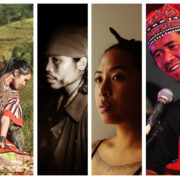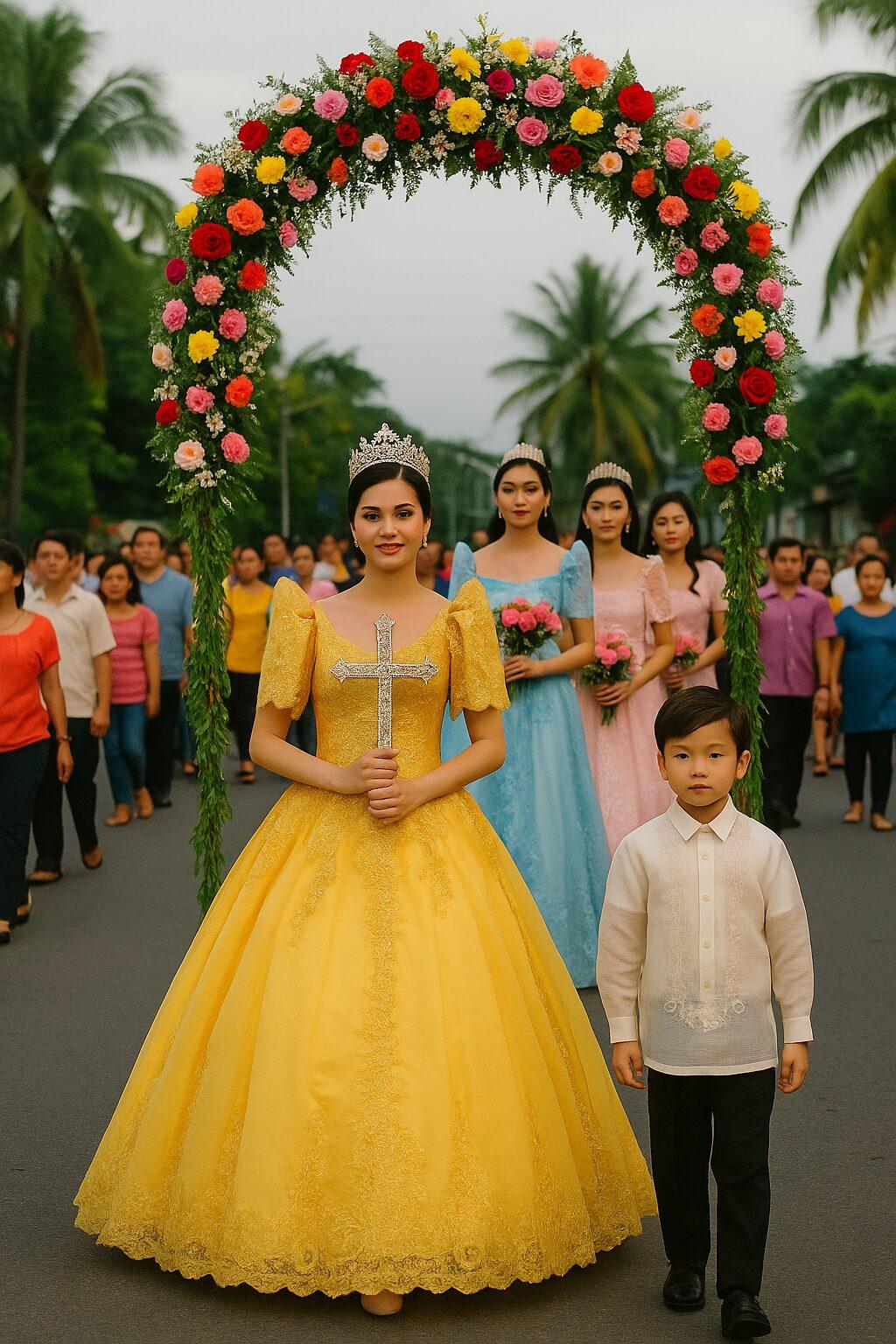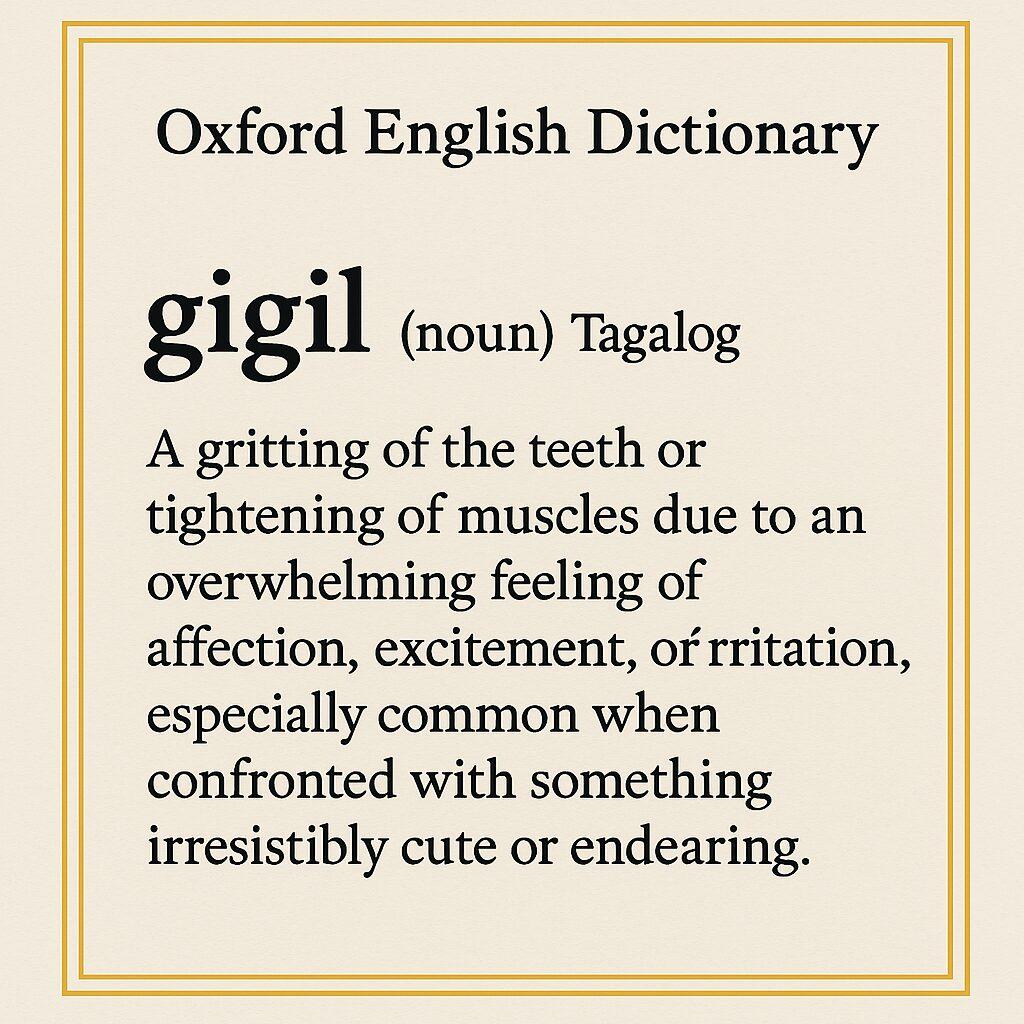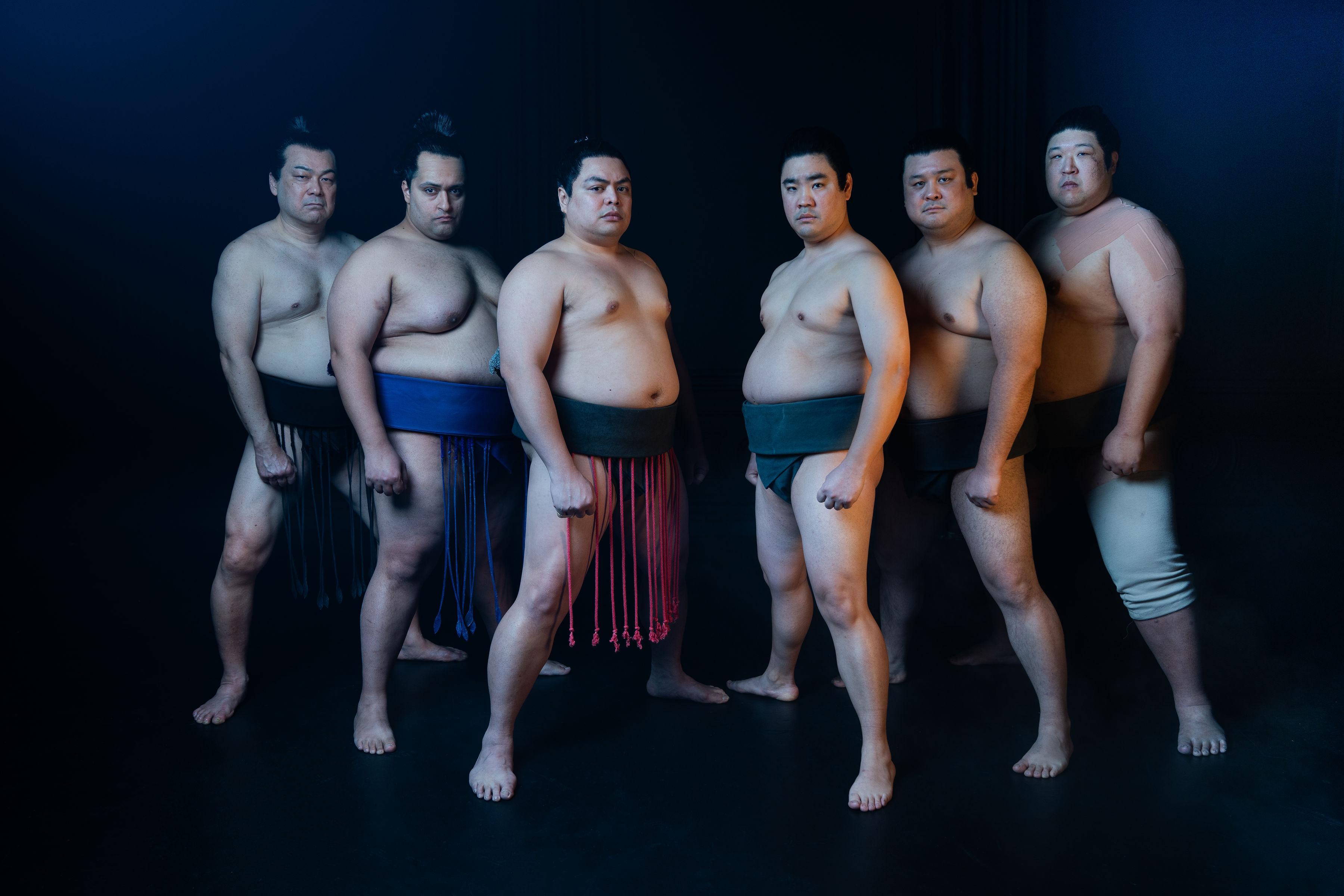COLONIALISM is defined as a system in which “one country creates an empire by taking over other lands and making them into colonies.” As such, colonies don’t have the power over themselves, as the colonizing country takes over resources and money.
The Philippines has a long history of being colonized. Majority was (and longest) by Spain from 1565 to 1898, then by the Americans in 1899. In between, there also was the British, when they declared war on Spain in 1762 and occupied Manila and Cavite. But this was short lived when the expansion into other Philippine islands was met with resistance from British Forces. As a result, Spain and Great Britain made an armistice agreement to withdraw the British from Manila and return control to the Spaniards again.
With such history of colonialism, it is no surprise that we Filipinos have struggled and questioned our independence. Through the years, even after Spain has left the country and Americans no longer have military bases in the Philippines, we still feel “lost.” How did — or can — we survive, as Filipinos, the colonialism we grew up in, and continued to grow in?
To address the issue of colonization and the challenges it has within the Filipino diaspora, Kularts, the premier presenter of contemporary and tribal Filipino arts in the U.S., presents “Post Colonial Survival Kit,” from May 3 through May 31 at the Luggage Store Gallery in San Francisco. The exhibition explores survival tactics of contemporary tribal and diasporic Filipino against the historical and ongoing inequities of cultural erasure, and marginalization, brought on by centuries of colonization. It will also feature tribal soil paintings, sculpture, installation and media art.
This group exhibition features artists Kimberly Arteche (U.S.), Wilfred Galila (U.S./Philippines), Caroline Garcia (Australia), and visiting artists Marcelino “Balugto” Necosia Jr. and Salima Saway Agra-an of the Talaandig Tribe in Mindanao, Philippines).
“To assimilate is to disappear into a colonial culture and system — a system that was created not to welcome its colonial subjects but in order for its subjects to serve it. Our power lies in our various ways of being, and our embrace of our hybridity,” said featured artist Galila in a press release. “By reconciling the postcolonial with our indigenous selves, we go beyond the mere survival and towards a healing process and the manifestation of our utmost potential that lies dormant within all of us.”
The exhibition comes at a time when there is increasing visibility of the Filipino voice in America, considering the national recognition of recent works such “Journey for Justice: The Life of Larry Itliong,” written by the late historian Dr. Dawn Mabalon, and Gayle Romasanta; the fiction “America is Not the Heart” by Elaine Castillo; the debut of Nicole Ponseca and Miguel Trinidad’s cookbook, “I Am Filipino: And This is How We Cook;” as well as media coverage such as National Geographic ’s recent feature on the “estimated 10 million Filipinos…who work overseas as a way of escaping unemployment, low wages, and limited opportunities at home.”
Being staged in SOMA Pilipinas is also significant, since the location has be
en recently recognized as the Filipino Cultural Heritage District of San Francisco. Focused on fostering a thriving, sustainable community of Filipino residents and businesses, it opens conversations around gentrification and colonization not only in the Bay Area but the U.S.
About featured artists

Kimberley Acebo Arteche is an educator, cultural worker, and interdisciplinary artist working in photography, installation, social practice, and performance. Her work explores the hybrid cultures formed by technology, movements of immigrants in America, and the way movements through space and spaces has been affected by these two. Arteche received her BFA from the University of Maryland, Baltimore County, and MFA from San Francisco State University where she received the School of Art’s Distinguished Graduate award.
She has been awarded the Murphy Cadogan Contemporary Art Award by the San Francisco Foundation, was Kearny Street Workshop’s Featured Visual Artist in the 2015 APAture Festival, and residencies at the Vermont Studio Center and the Growlery.

Wilfred Galila makes use of various media for storytelling and art making as a means of gaining a deeper understanding of postcolonial identity and culture through a transpacific diasporic lens, framework, and experience.
He collaborated with multi-awarded dance artist Alleluia Panis on the multimedia dance theater productions, “She, Who Can See” (2015) and “Incarcerated 6×9” (2018), and the dance film “She, Who Can See” (2017) that was screened at the 2018 CAAMFest. Their latest collaboration is “In the Belly of the Eagle: Man@ng is Deity.”
Galila is the lead artist for “Kodakan: Pilipinos in the City,” a photography and media project that explores the diverse identities of Filipinos in San Francisco through time, exhibited at the San Francisco Main Library (2013-2014), the I-Hotel Manilatown Center (2015), and the A.C.T. Strand Theater (2015).
Galila was nominated for a 2019 Isadora Duncan Dance Award for Outstanding Achievement in Visual Design.

Caroline Garcia is a culturally promiscuous, interdisciplinary artist. She works across live performance and video through a hybridized aesthetic of cross-cultural dance, ritual practice, new media, and the sampling of popular culture and colonial imagery.
Caroline was one of the eight artists curated into Primavera 2018: Young Australian
Artists at the Museum of Contemporary Art Australia, and is the 2018/19 recipient of the American Australian Association’s AUSART Fellowship Award. She is currently undertaking a Master of Fine Arts at The New School (Parsons) in New York City in 2018-20.

Marcelino ‘Balugto’ Necosia, Jr. is a multi-talented visual artist, musician, and instrument-maker, who grew up in the foothills of Mt Kitanglad fully immersed on his Talaandig culture. His strong influence would come from the gentle mentoring of his uncle, Datu Rogelio “Waway” Saway.
Despite the lack of formal education, the Talaandig School of Living Tradition prepared Balugto to participate in a much larger artistic platform. He received the prestigious 2010 Philip Morris Philippine Art Awardee. He has performed and exhibited throughout the Philippines, including the National Museum of the Philippines and internationally at the Singapore Biennale, Singapore National Museum, International Music & Art Festival-Nami Island-Korea, and The Lower Branch Gallery-San Francisco, CA. This intimate familiarity with the land and its people provides him with opportunities for artistic expression. He is appropriately nicknamed “Balugto” (Talaandig for rainbow), as his talent is a true kaleidoscope of various arts: visual, performance, and music. Balugto recorded an album which features his musical talents as a percussionist.
He has been creating visual art since 1997, a practice that includes painting, sculptures, and constructing the best sounding drums in the community. Balugto prefers to use natural pigments, and pen and ink in his paintings. Mountain soil itself provides Balugto with a vast variety of hues for his palette. Balugto performs as a percussionist with Datu Rogelio “Waway” Saway in national concerts and cultural festivals in the Philippines. His vision is to share the perspectives of the Talaandig tribe with the world.
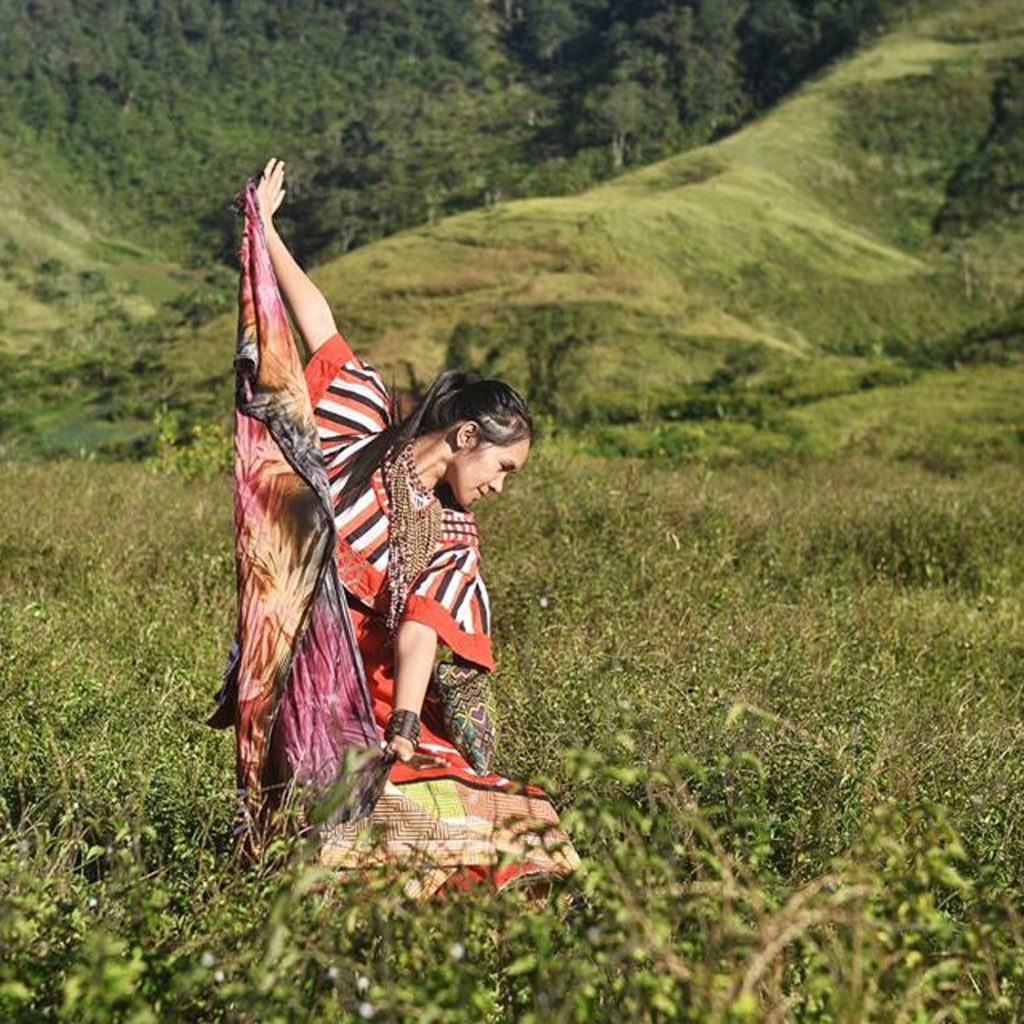
Salima Saway Agra-an is from the Talaandig tribe of Bukidnon. She has been practicing art for 15 years. She uses soil, grass, leaves, latex paint, acrylic, and watercolor as her medium. She wants to tell the world about the existence of their tribe. Salima has worked with tribal elders to document the epic chants and mythologies of her people and layer them into her paintings along with Talaandig cultural practices, symbols, and metaphors. She has exhibited works in the Philippines and internationally, with notable exhibitions including with the Kalinawa Art Foundation, and the 2013 Singapore Biennial. Salima’s contemporary soil paintings are included in collections in both the Philippines and abroad.
“Postcolonial Survival Kit” runs from May 3-31 at the Luggage Store Gallery, 1007 Market Street, San Francisco, 94103. Gallery hours are Wednesday – Saturday, 12-5 p.m. and by appointment.
For tickets and more information, please visit https://postcolonialsurvival.eventbrite.ca and www.kularts-sf.org/postcolonial.


